This post was originally published in October, 2013 and completely updated in May, 2020.
Your well-crafted press release is sizzling and ready to see the world.
There’s just one more hurdle to leap over before the job is done: who (and where) should you send it to?
There are two main tactics for how to release a press release. The first stems from the old days. It involves subscribing to a syndication service. The second is a modern approach: developing personal relationships with journalists. Both are valid options, depending on the needs and budget of your brand.
We’ll explore both methods, as well as best practices for releasing your news so you can make a solid press release plan. Let’s dive in!
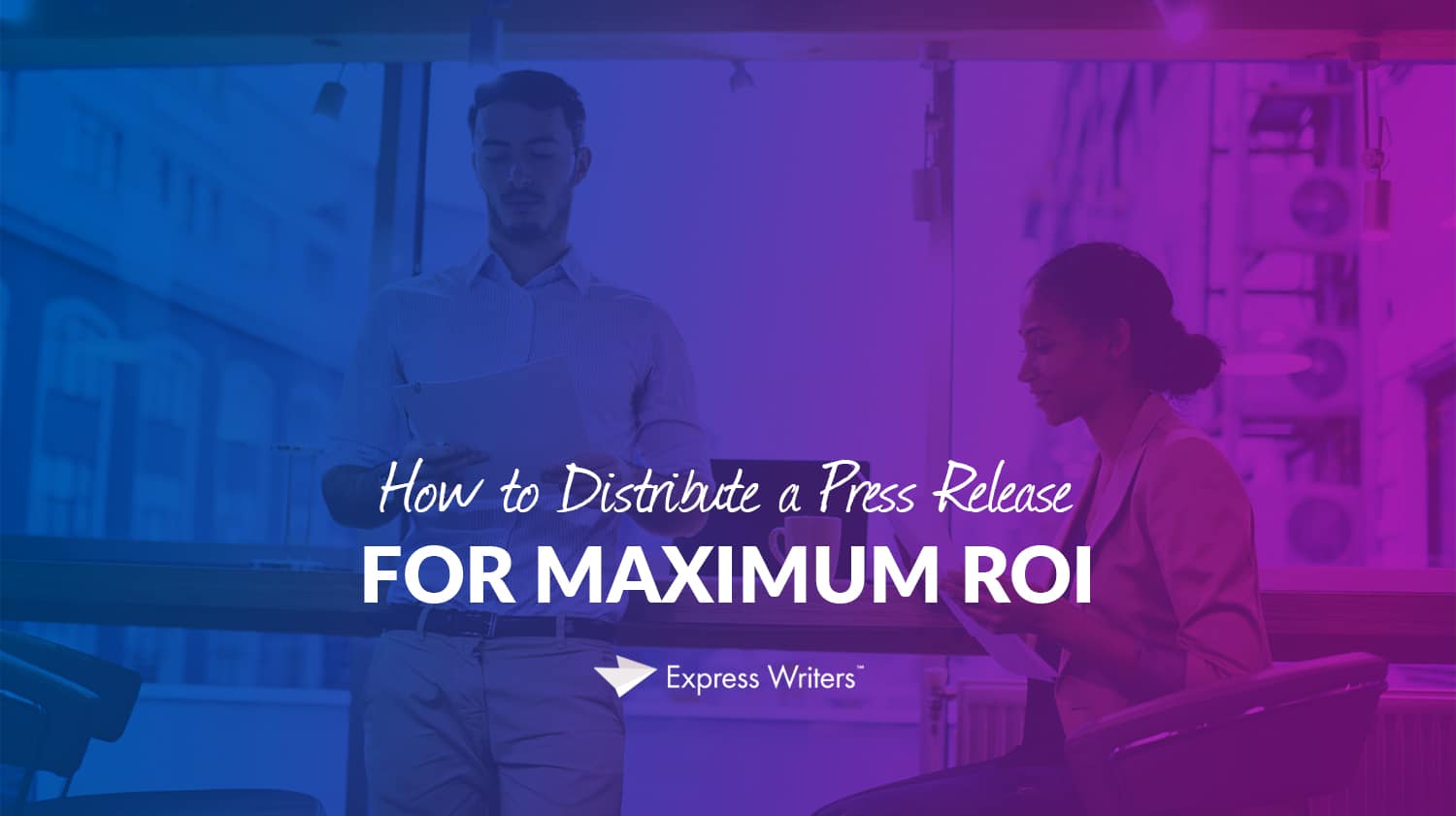
[bctt tweet=”Your well-crafted press release is sizzling and ready to see the world. There’s just one more hurdle to leap over before the job is done: who (and where) should you send it to? Find out via @JuliaEMcCoy:” username=”ExpWriters”]
The Traditional Method: Distributing Via the Wire
Want to read thousands of journalists, influencers, bloggers, reporters, and editors in one shot? Consider using a press release syndication service. Here are a few of the top service providers:
- Newswire
- Cision (PR Newswire, PR Web)
- Businesswire
- Muck Rack
- PR Fire
- Response Source Press Release Wire
- 24-7 Press Release
While this method is fast and easy, it isn’t free. Leading distributor Newswire costs between $150 to $800 for a single PR, which may push it out of the price range of up-and-coming brands.
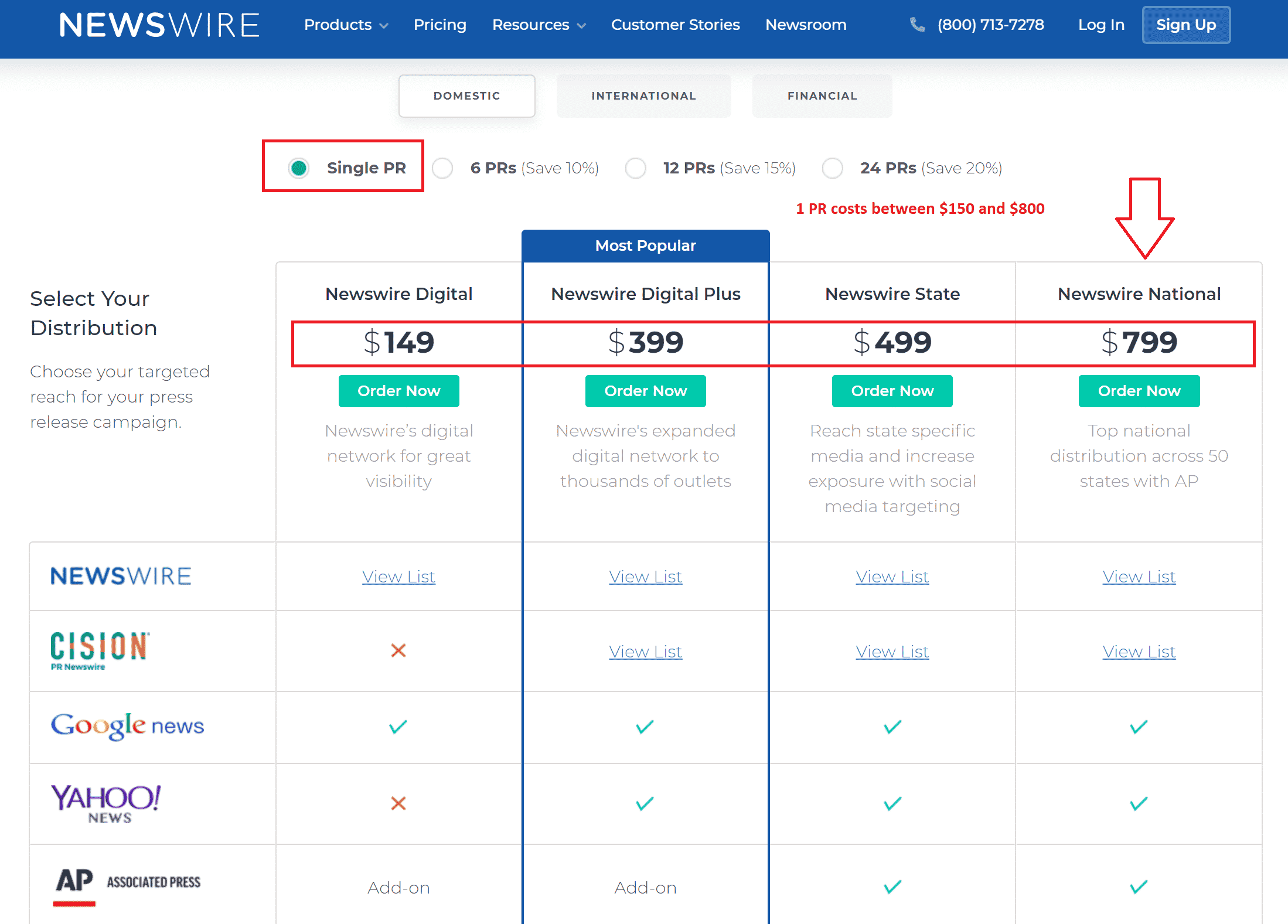
If your brand has the budget and is looking for a wide reach, the time-saving investment may be worth it. However, it’s worth noting that professionals report high ROI from relationships with journalists, and caution against sending too many cold, impersonal PRs via the wire.
Let’s say you’re still growing your media list, though, and you’re not sure where to pitch. Using a syndication service can quickly reveal which publications are interested in your news, allowing you to skip the step of in-depth research in your quest to build lasting relationships with journalists. That’s why using distribution services are part of a balanced PR strategy.
The Modern Strategy: Building Your Media List on Relationships
Beyond saving time, the biggest benefit of investing in big-name syndication services is that they build a media list for you and track your results. If it’s your first rodeo, that simplification can seem like a boon. But it comes at a cost: By relying on press release distribution services rather than building a personalized media list, your brand will grow to depend on those same services.
However, it’s possible to construct a valuable media list on your own and start building relationships right away. According to Gil Eyal from the Forbes Agency Council, this improves PR results because you’re pitching to people who are genuinely interested in your news. It’s a more personal approach, and it’s the way the PR industry is moving.
It isn’t hard to future-proof your brand’s media outreach and drive down your PR budget. It all starts with building your own media list. Here’s how.
1. Find Your Target Audience
Consider who you’re trying to reach with your press release: customers, investors, or industry leaders?
Ask yourself a few simple questions:
- How old is my audience?
- What background demographic do they come from?
- Where do they get their news?
Here’s an example of how to find your target audience.
Let’s say you’re writing a press release for a portable blender brand. Your goal is to increase sales for the newest model and spur brand awareness, so your audience is potential customers.
Your audience includes:
- Health-conscious people
- Fitness-minded people
- Gym owners
- Eco-friendly people
- People who enjoy tech and gadgets
- Retailers who sell cooking gadgets
Based on this target audience, your media list should start here:
- Fitness and health magazines
- Food and cooking magazines
- Home and lifestyle magazines
- Fitness and health influencers and blogs
- Eco-friendly, yoga, and vegan influencers
- Trade press publications targeting retailers
- Journalists regularly curating kitchen gadget lists and smoothie recipes
Stumped on which publications to pitch to? A quick Google News search with your keyword or topic will help you brainstorm.
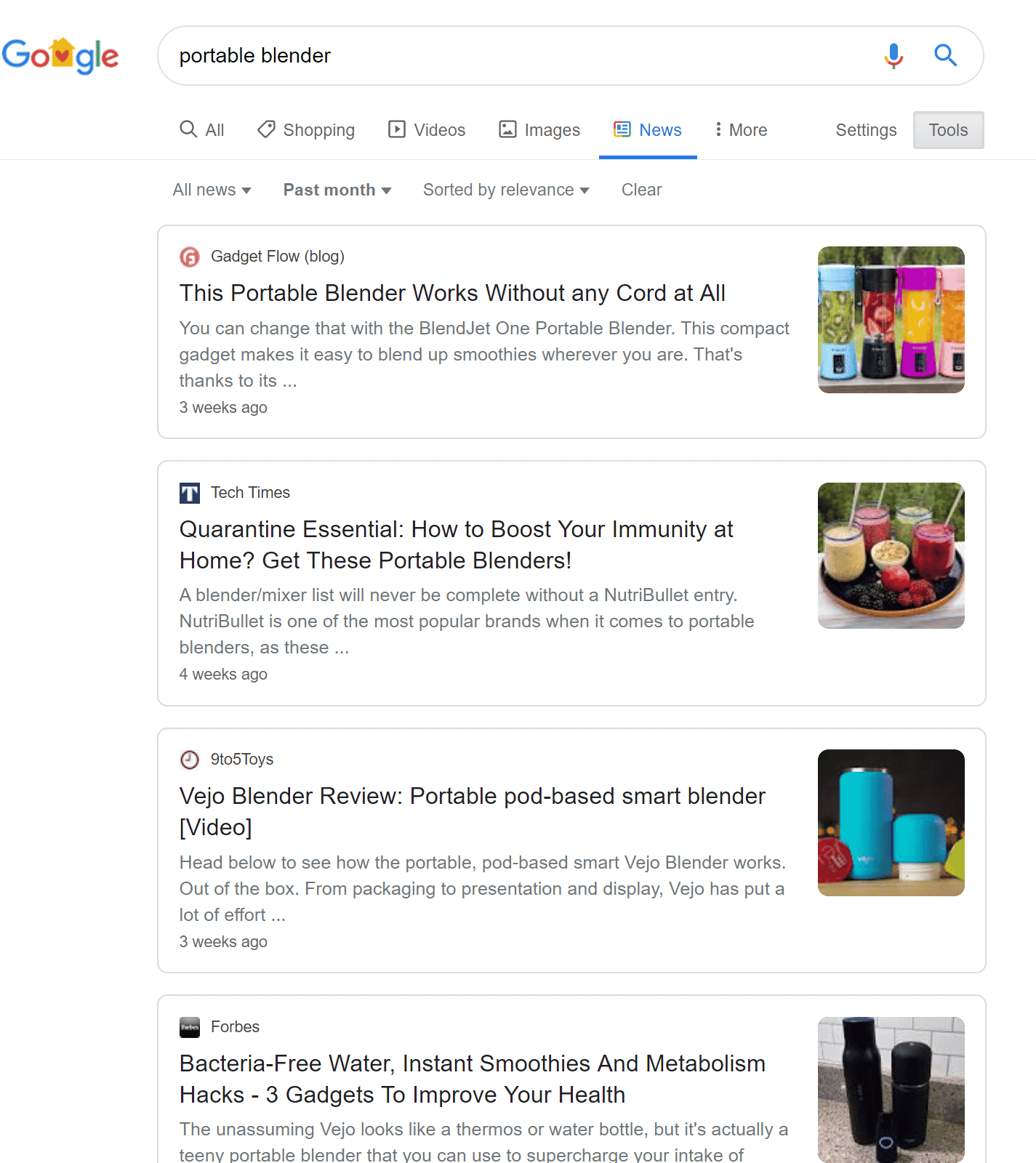
2. Zero In On Your Goal Publications
Always read a few articles, posts, or blogs first. This will save a TON of time in the long run, and prevent you from making the reputation-damaging blunder of barking up the wrong tree.
Short on time? Here’s a quick checklist.
A. Check the publication’s reach. For blogs, check the Alexa ranking. A score 100,000 or below means they have a wide reach. For social influencers, look at their follower count. For news publications, check out their social media activity as well as the average comments per article.
B. Watch out for low activity. Any online publication, influencer, or blog that posts less than once a month (a snail’s pace on the internet) is likely not reaching enough people to warrant sending a PR. The exception: monthly print publications like trade journals.
C. Look for articles or posts in your niche. If you can’t find any, it’s probably not the right publication for you.
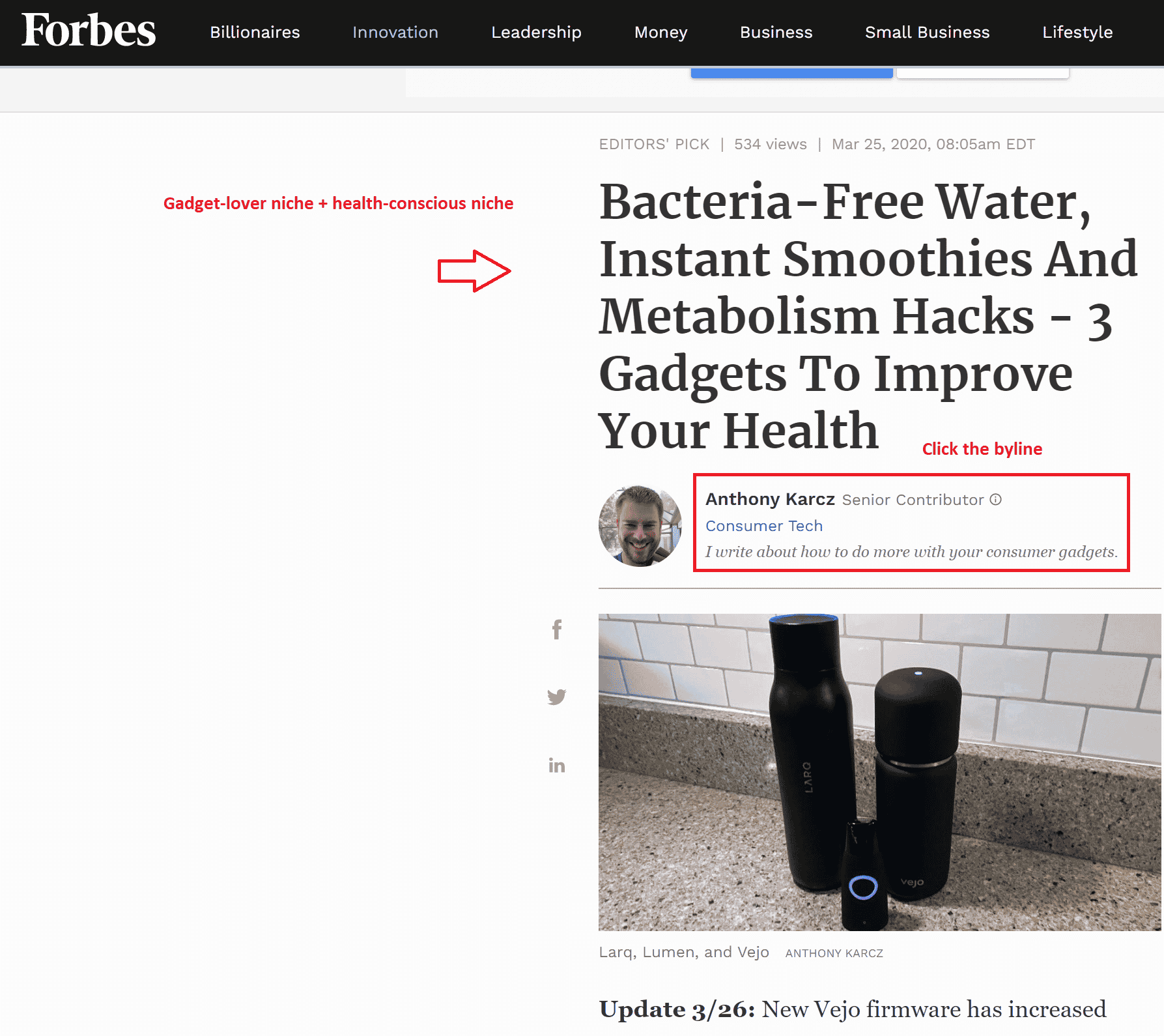
D. Click on the byline and read the bio. Most writers include social handles in their bios. Jumpstart your online relationship by sharing one of their articles on your brand’s social media page.
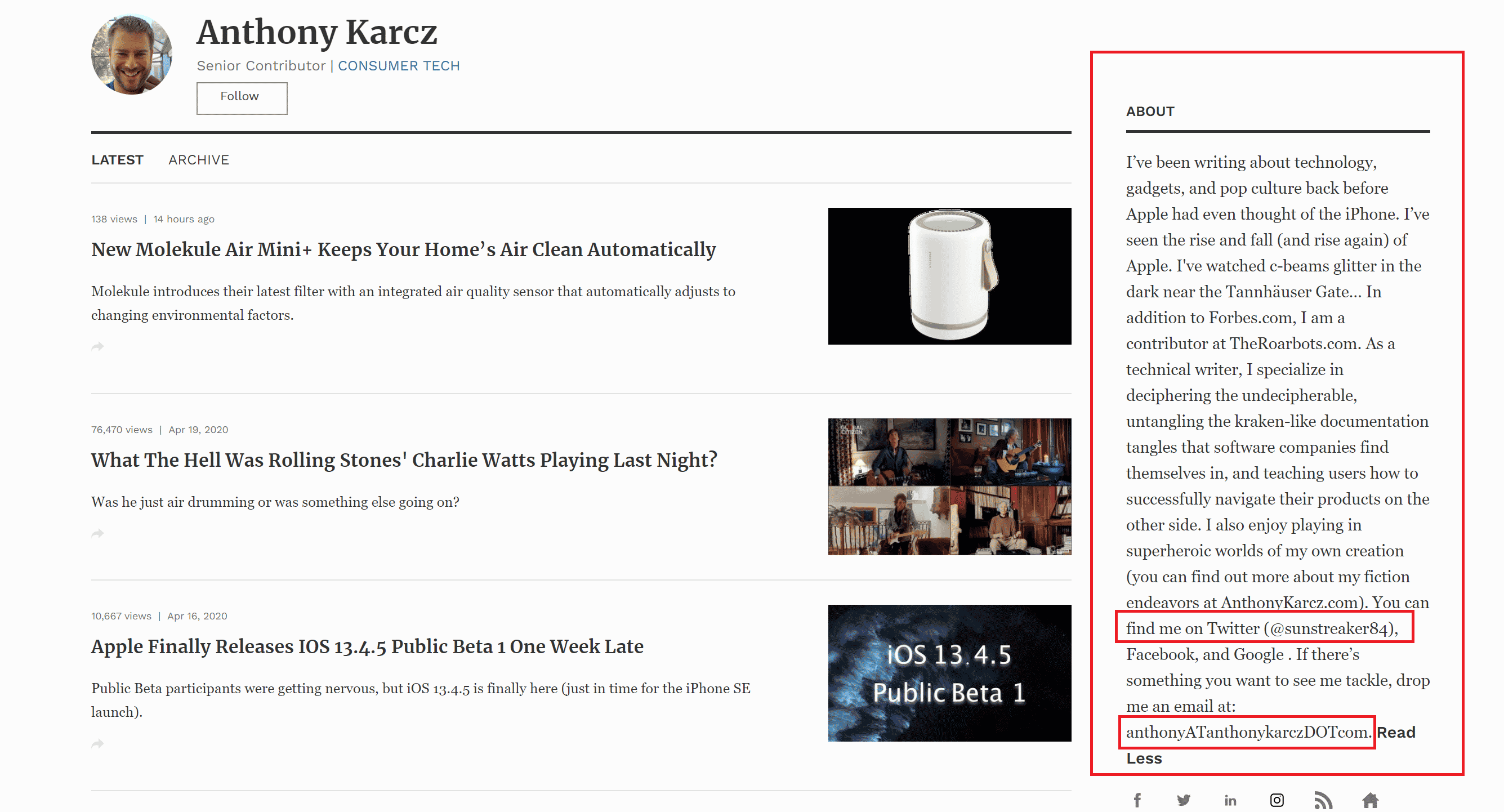
E. Reach out on Twitter. Many journalists include a work email in their Twitter bio. If they don’t, try sending a professional direct message.
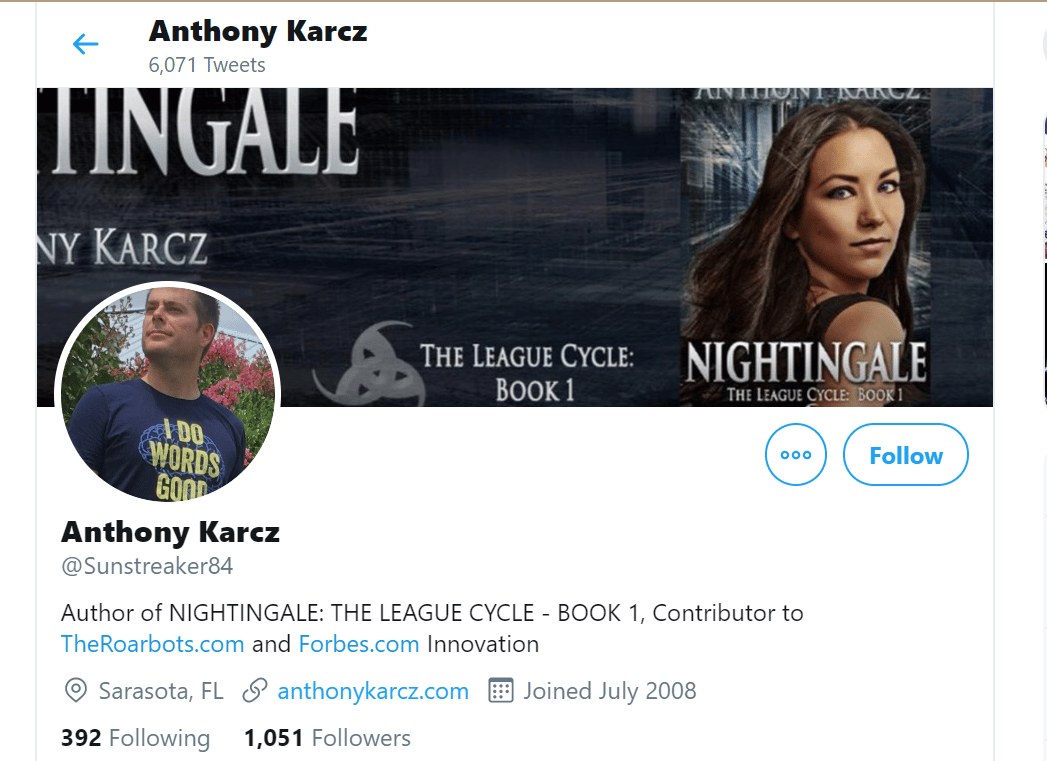
F. No luck on Twitter? Try LinkedIn. If you’re looking to pitch to a large news outlet, you can often find their roster in the “People” section of their company LinkedIn page.
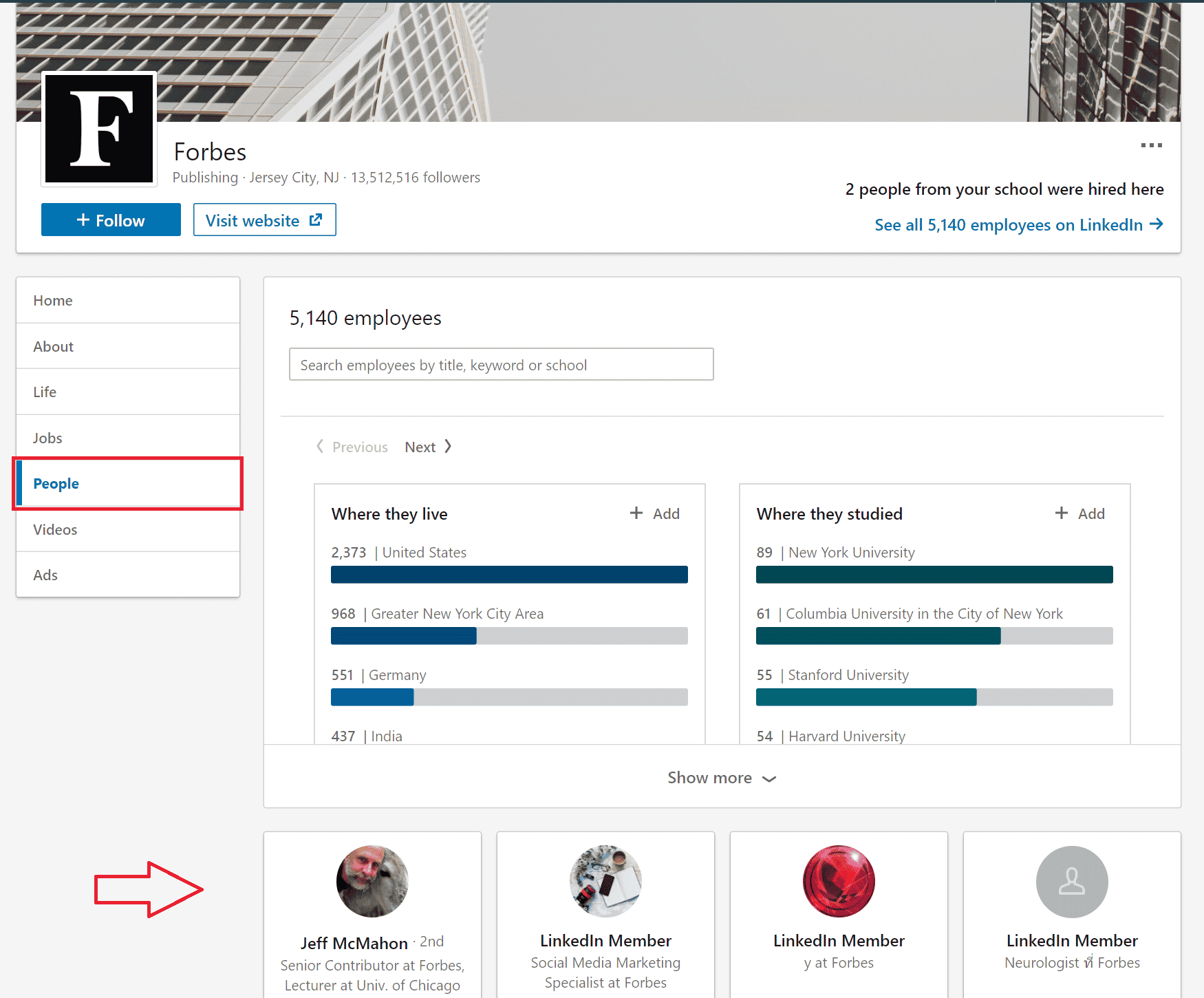
G. If you can’t find who you’re looking for, call. Dust off your landline and look for the editor’s phone number of the section you’re pitching to.
3. Create Your Media List
Use a simple, easy-to-edit spreadsheet. Journalists change publications often, so the focus of the media list should be on specific publications interested in publishing your news.
Here’s a sample media list I built from the brainstorm above:

Don’t forget to regularly update the contact details for your target journalists, influencers, and bloggers. Now your media list is ready for action!
Double-Check Submissions Guidelines
You’re well on your way toward sending your red-hot press release. Before submitting, pore over the submissions guidelines to ensure you haven’t forgotten any important steps.
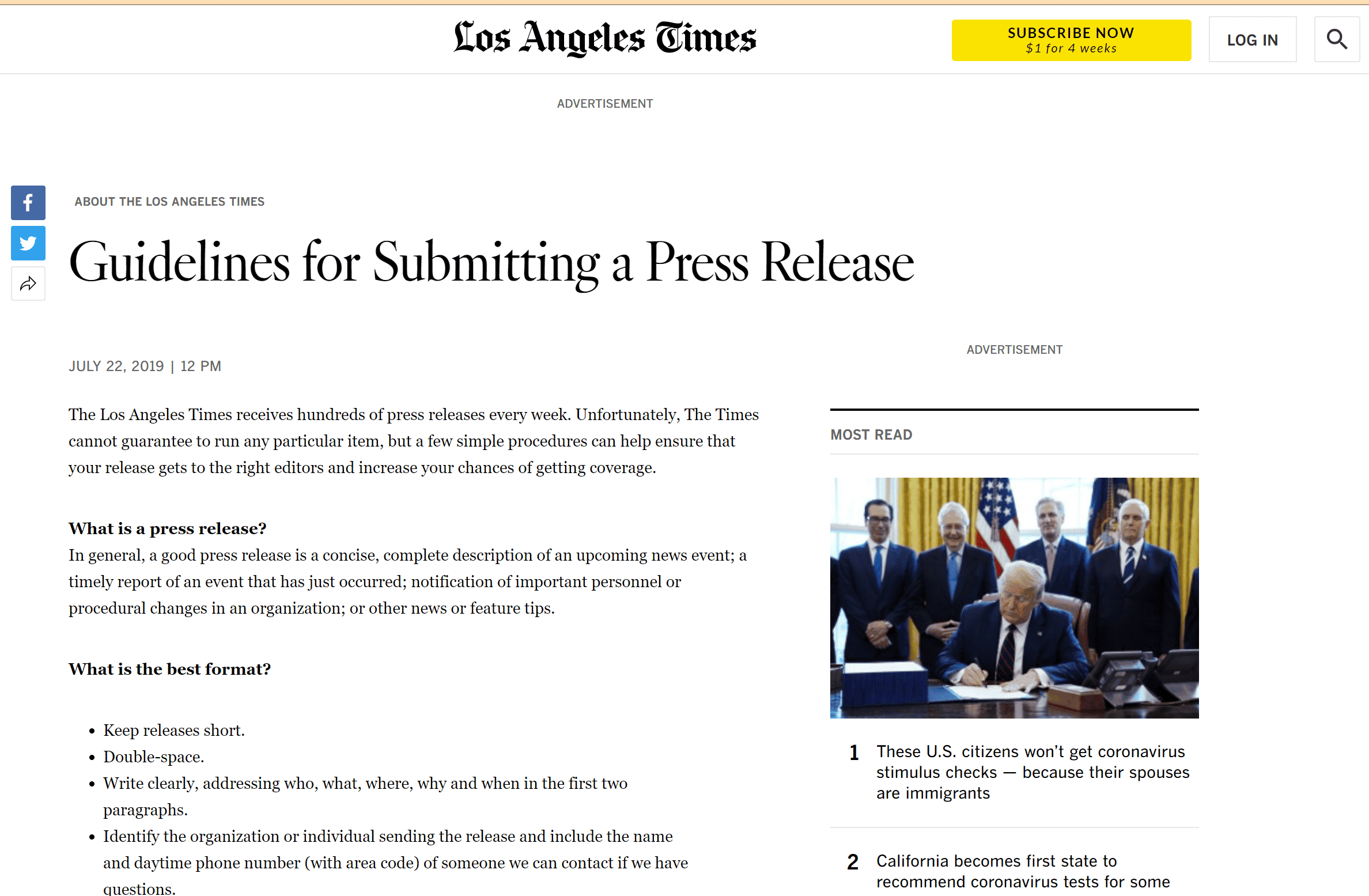
This quick but critical step can be the difference between your PR getting published or getting trashed. Don’t skip it!
[bctt tweet=”It isn’t hard to future-proof your brand’s media outreach and drive down your press release budget. It all starts with building your own media list. Learn how to do it here:” username=”ExpWriters”]
How to Send an Email Introducing a Press Release to Journalists
Nail your first impression by following email etiquette for press releases. Etiquette 101: write your PR in the body of your email. In-body PRs allow for more personalization while simplifying your target journalist’s job, which in turn will increase your chance of getting published.
Before you hit “send”, make sure your submission email has all of these elements:
- Subject – Don’t use the phrase “press release”. Instead, use the topic of your PR.
- Greeting – Do your homework: address the person you’re pitching to directly. Skipping this step can make your message seem cold and out of touch.
- First Paragraph – If it’s the first time you’re reaching out, this is where you should introduce yourself.
- Second Paragraph – Elaborate on the purpose of your email here.
- Third Paragraph – Your call-to-action should go here.
- Closing – Thank your contact, and open the door for them to follow up.
- Signature – Provide your full contact information here.
Here’s a sample press release email from Prowly:
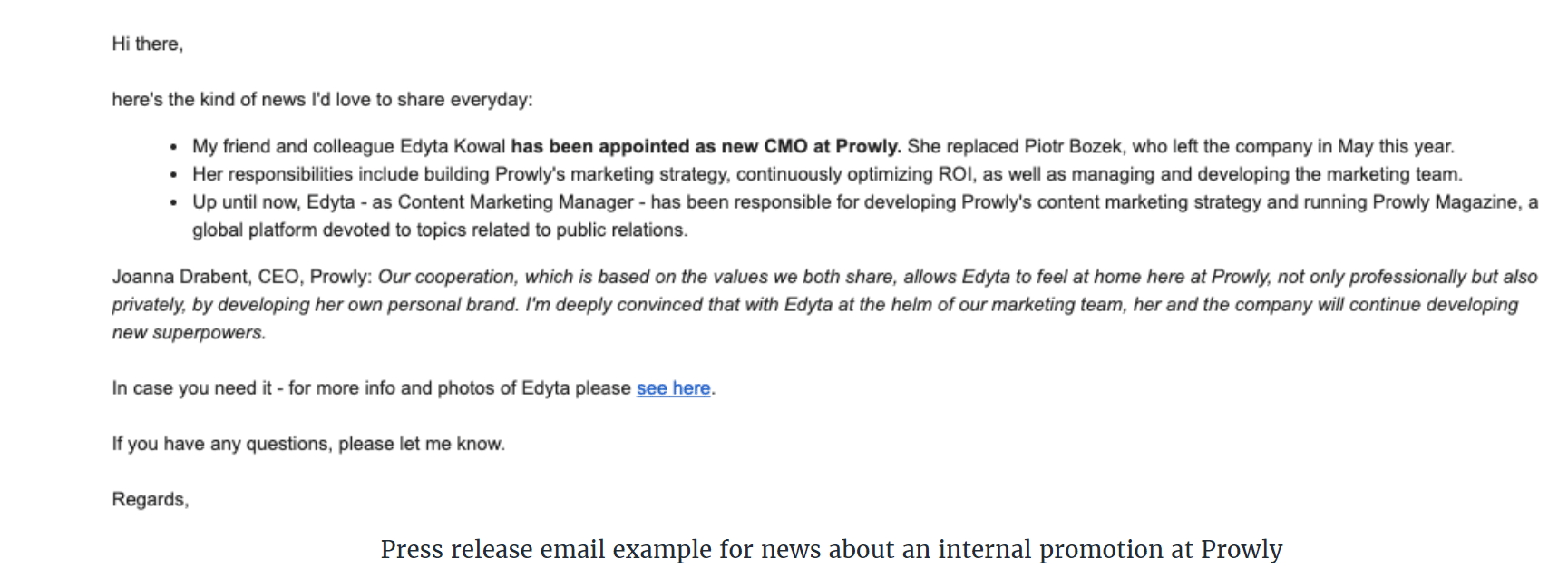
Send your press release to all relevant contacts on your media list. If you don’t get a response, don’t take it personally. Instead, follow up your press release with photos. Even better: if you didn’t include one initially, now’s the time to send a press kit. For inspiration, check out Kickstarter’s press kit.
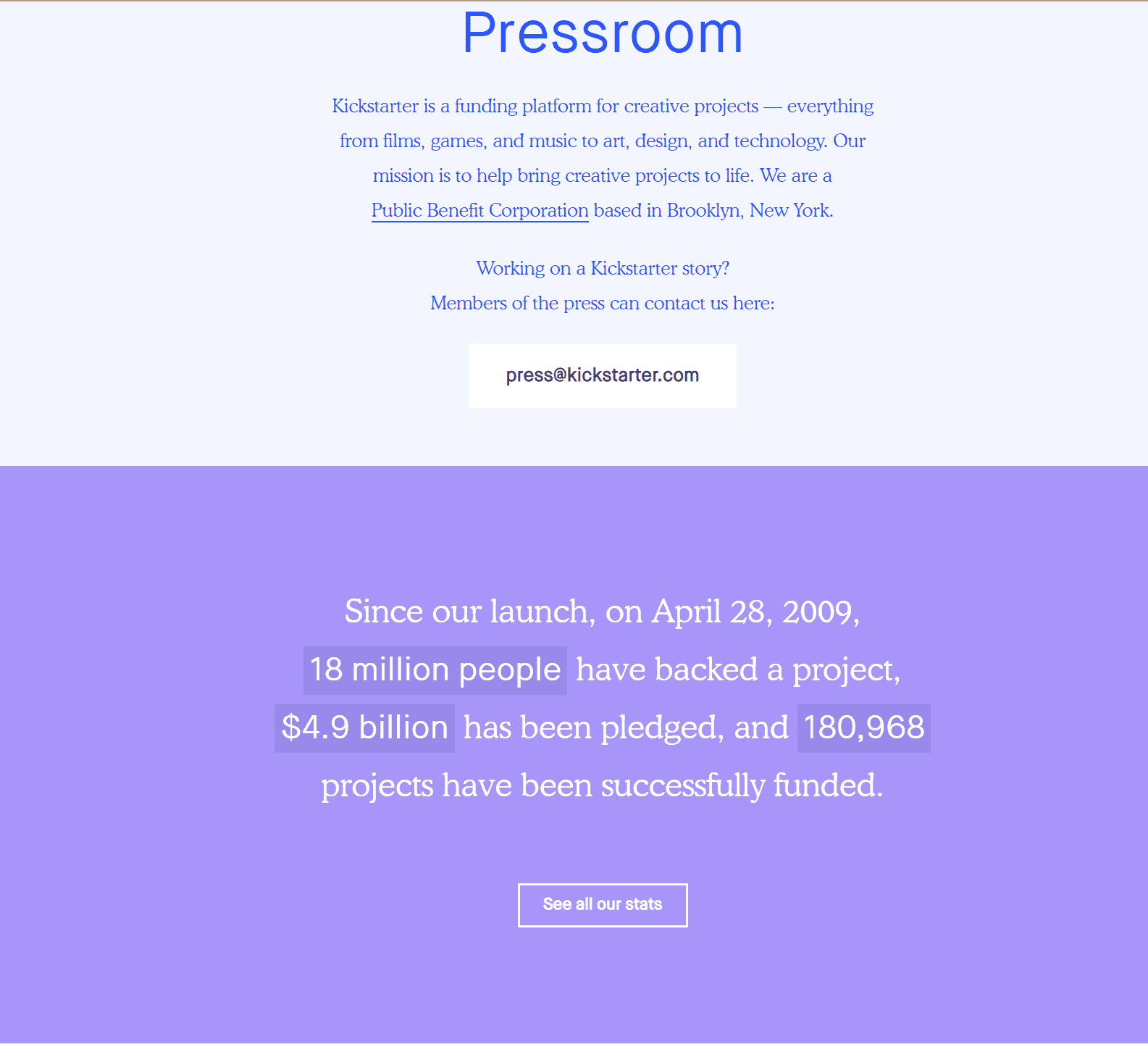
A press kit should include:
- An about section
- Bios of important company figures who are available for interview

- Recent, important press releases
- Fact sheets for products or services
- Case studies, surveys, stats, or testimonials
- Notable press coverage
- Notable awards
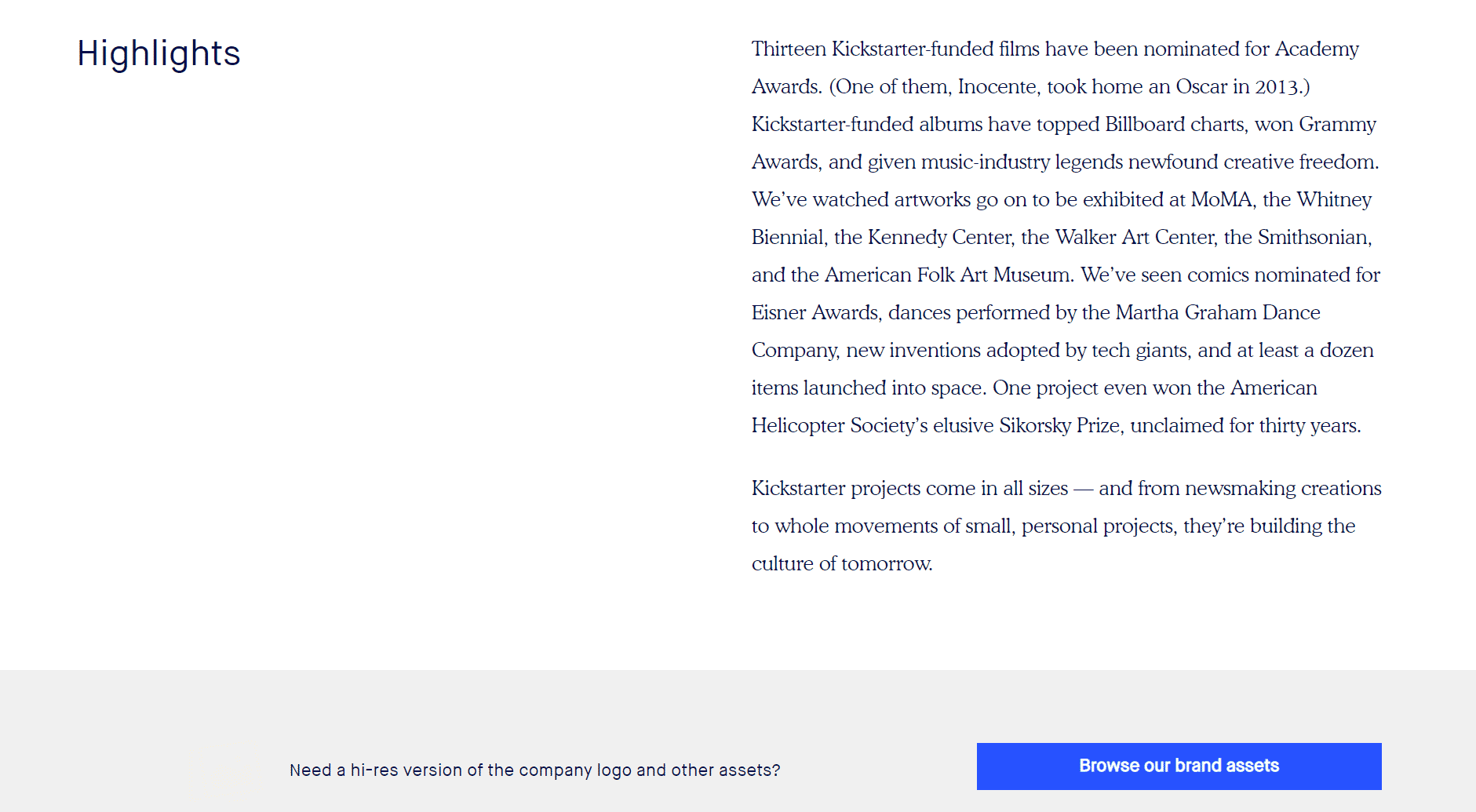
- Multimedia, including high-quality images
- Contact information for your marketing team
- Notable FAQs
[bctt tweet=”Press release etiquette 101: Write your PR in the body of your email. This allows for more personalization while simplifying your target journalist’s job, which increases your chance of getting published. ” username=”ExpWriters”]
Send a Story That’s Ready to Publish
Make it easy for reporters to envision your story as a published piece by submitting a PR that’s copy-paste friendly.
What makes a PR ready to publish? Here’s your DIY press release format.
- Style – Learn the voice your target publication uses and parrot it. For example, influencers often use a conversational 2nd person, so a blog-style PR will likely see more success.
- Format – What kind of font and subtitle style does your target publication use? What color palette do they prefer?
- Multimedia – Consider the media they regularly post, and emphasize that media type.
- Social media optimized – Don’t forget to include all of your social media handles for easy sharing.
- Press kit – As mentioned above, a press kit will make it easier for the journalist to craft a story.
For more guidance, check out our sample press release template.
Always Follow Up
Immediately after sending your submission email, reach out directly via email, Twitter, or LinkedIn. If you have a standing relationship, consider calling. In a brief message, let them know you’ve just sent a PR and share a few intriguing teasers. Provide your contact information for further questions and exit gracefully.
Even if your original PR isn’t published, following up can establish a cordial line of communication, improving your chances of publishing PRs down the line.
Leverage Social Media
Before publication, optimize your headline and intro for different formats. Think about how each social platform best serves the message of your PR, and what kinds of engagement you’re looking to push forward.
Here’s an example of what happens when a brand misses the mark:
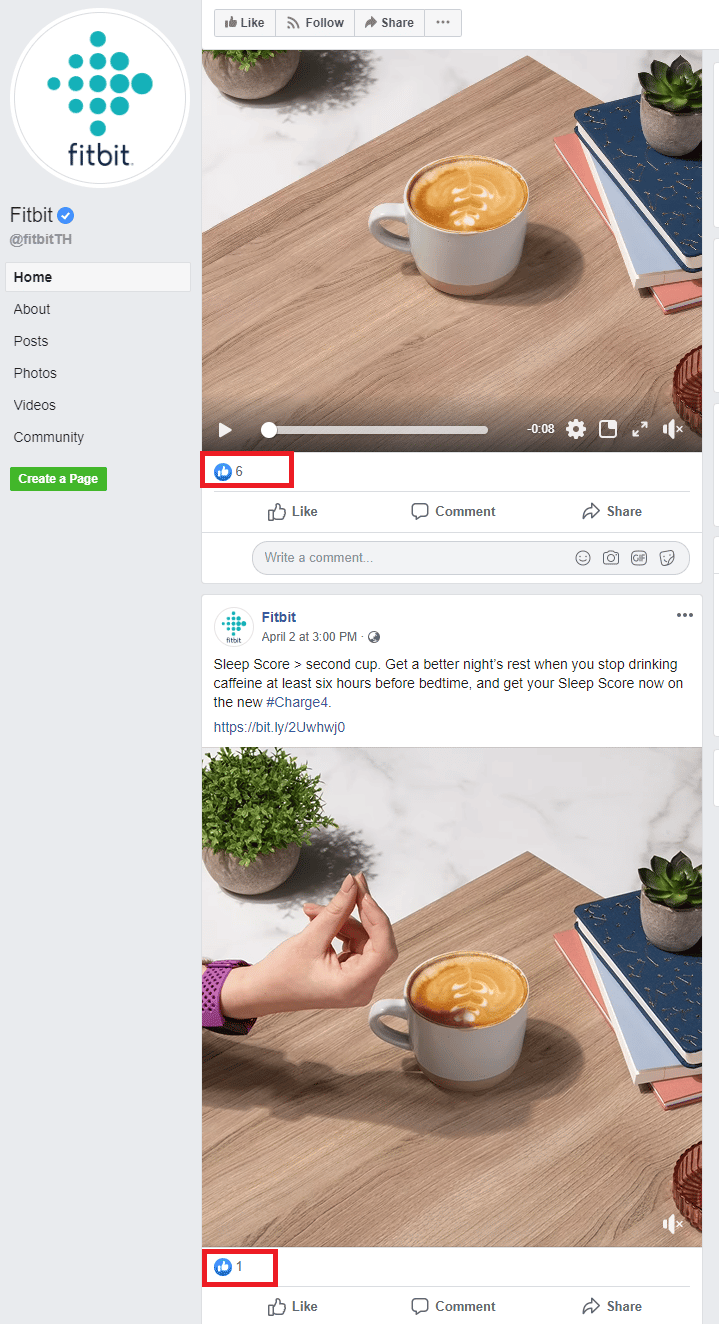
Between 2 identical posts, the topic garnered only 7 likes. With so little interaction, the wording wasn’t relevant enough to hook their Facebook audience.
Here’s an example of a press release optimized for social media:
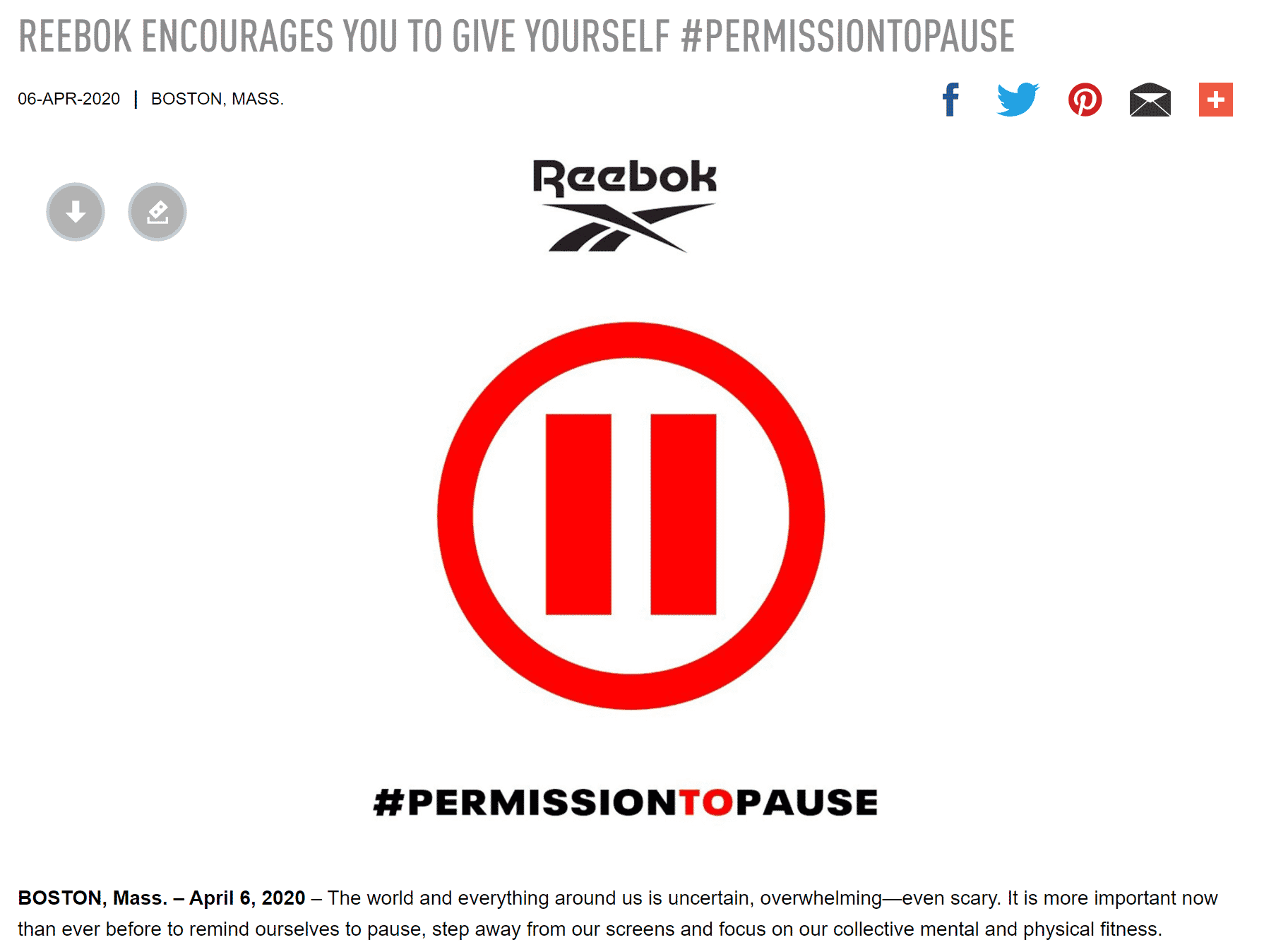
Reebok’s #PermissionToPause press release was primed for Twitter from the get-go.
By reworking the headline, too, Reebok stimulated engagement, which drove their posts to the top of the trending hashtag.
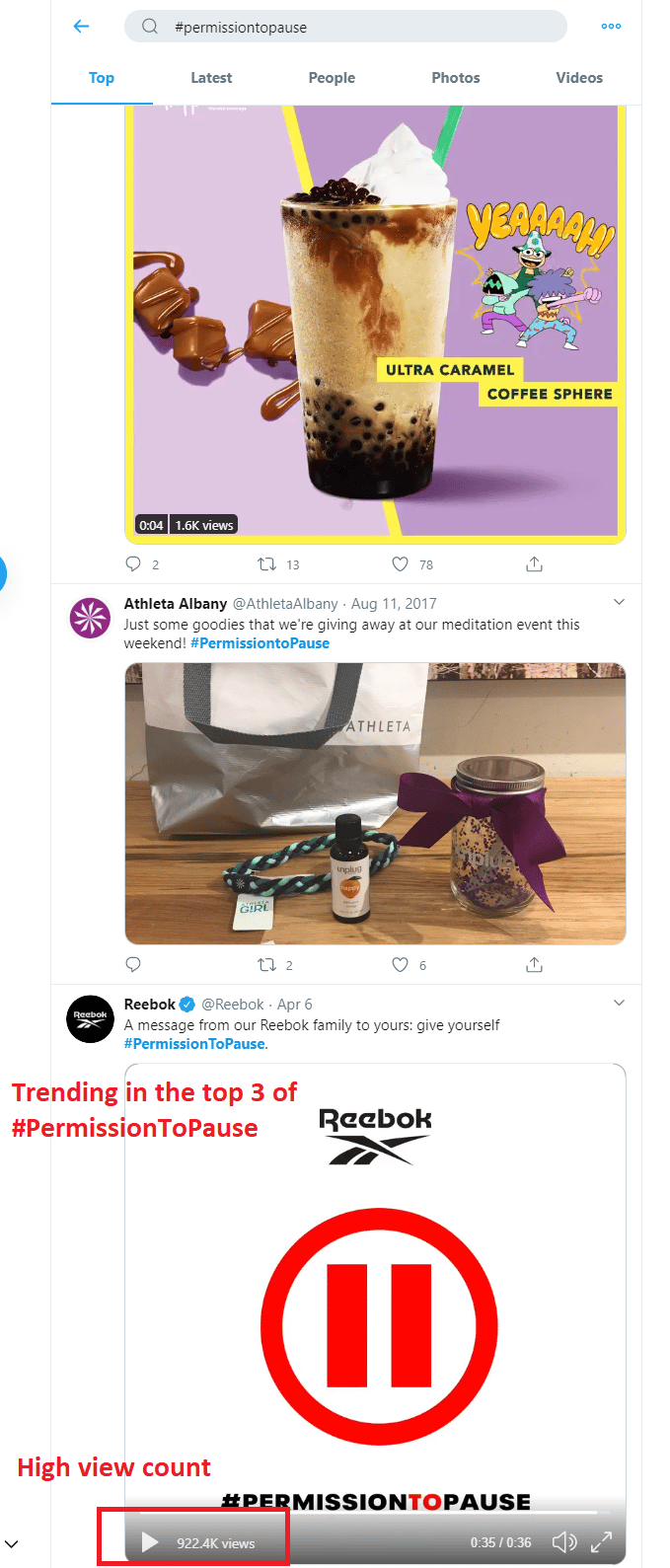
Make it Shareable
Many brands craft shareable versions of their press releases for their websites to show transparency.
If your brand decides to go this route, be careful not to use the exact same PR, especially if it was published as-is. Google will demote it, which could cost your website valuable SEO.
Some brands get around this by creating an investor portal and fan portal, with formal press releases and blog versions of PRs, respectively. Others have a news section of their website that includes PRs published by major publications, which works as a credibility-booster.
No matter which method you choose, adding social buttons for easy sharing will boost the reach of your PR.
Ready to spread the word? Leap from sideshow to main stage with the help of our expert on-staff journalists.
Hit “Send”
By now, you’ve got the tools you need to know how to distribute a press release. By building a tailored media list and sticking to submission guidelines, you’ll have a publish-ready piece at your fingertips. You’re ready to email your press release to journalists with confidence. Now it’s time to hit “send”.
Need to sharpen your news before sending it to the press? Check our Content Shop.

